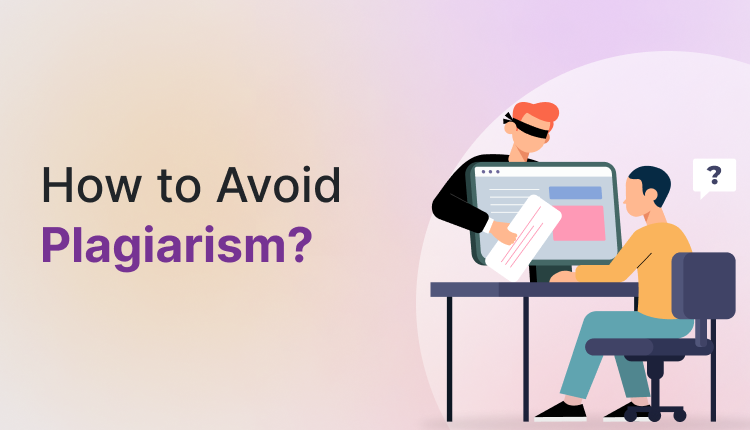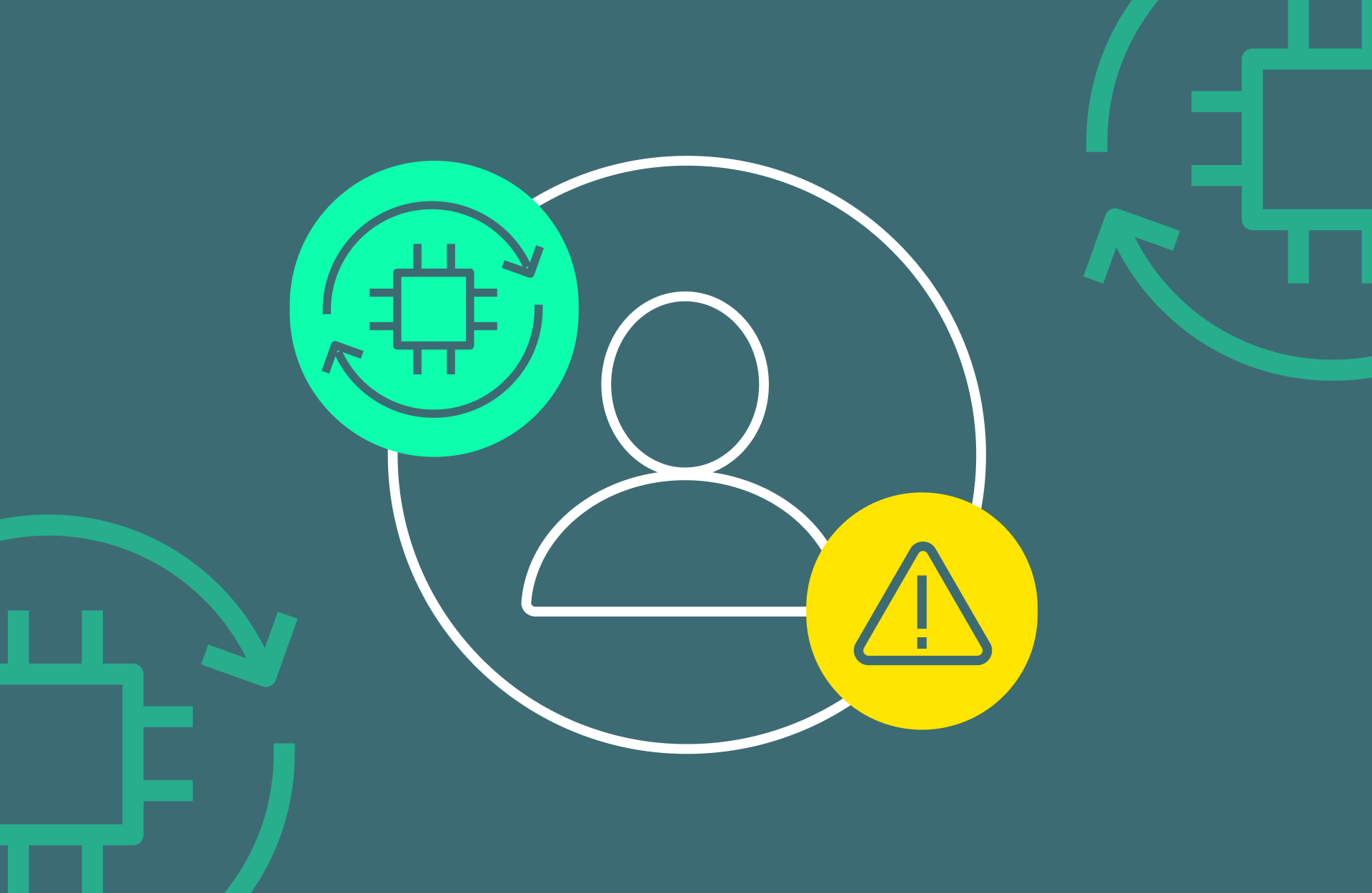How to Avoid Plagiarism in Academic Writing: Tools and Tips
How To Avoid Plagiarism In Academic Writing For students, researchers, and professionals, knowing how to avoid plagiarism is essential because it is one of the most serious academic infractions.
It entails utilizing someone else’s thoughts, words, or creations without giving due credit. In addition to endangering your academic standing, plagiarism can have serious repercussions, including expulsion or legal action. Thankfully, there are a number of resources and techniques you can use to make sure your scholarly work is unique, well referenced, and plagiarism-free.
You will get a thorough rundown of how to avoid plagiarism in academic writing from this article. The various forms of plagiarism, methods for identifying and avoiding it, and helpful advice for upholding academic integrity while writing will all be covered. You may make sure that your work is presented professionally and ethically by adhering to these rules.
1. Understanding Plagiarism
Before we delve into how to avoid plagiarism, it is essential to understand what constitutes plagiarism and why it is important to avoid it.
What is Plagiarism?
Plagiarism is the act of using someone else’s work, ideas, or intellectual property without proper citation or permission. It includes:
- Direct Copying: Copying and pasting text directly from a source without quotation marks or citation.
- Paraphrasing without Citation: Rewriting someone else’s ideas or information in your own words without acknowledging the source.
- Self-Plagiarism: Reusing your own previously published work or ideas without citation, as if they were new.
- Mosaic Plagiarism: Borrowing phrases, ideas, or sections from multiple sources and stitching them together without proper citation.
- Accidental Plagiarism: This occurs when a writer unintentionally fails to cite a source correctly or forgets to attribute an idea to its original author.

Why is Plagiarism a Serious Issue?
Plagiarism undermines the academic and intellectual integrity of scholarly work. It deprives original authors of credit for their contributions and misleads the reader into thinking the work is entirely your own. In many educational and professional settings, plagiarism can result in severe consequences, including academic suspension, failing grades, or even legal action.
2. Types of Plagiarism
Understanding the various forms of plagiarism is essential in avoiding it. Each type presents unique challenges, but they all stem from a lack of proper citation or attribution.
2.1 Direct Plagiarism
This is the most straightforward form of plagiarism, where you copy and paste someone’s work word-for-word without quotation marks or citation.
How to Avoid It:
Always place borrowed text in quotation marks and cite the source appropriately. If the passage is lengthy, paraphrase or summarize it and still provide proper attribution.
2.2 Paraphrasing Plagiarism
Paraphrasing plagiarism occurs when you rephrase someone else’s ideas or text but do not cite the original author. While paraphrasing is often a legitimate way to incorporate sources, it still requires attribution.
How to Avoid It:
Whenever you paraphrase, ensure that the original idea is still acknowledged with a citation, even if the wording is different.
2.3 Self-Plagiarism
Self-plagiarism refers to the reuse of your previous work without proper citation, implying that it is new or original when it is not. This is especially problematic in academic settings where originality is highly valued.
How to Avoid It:
If you want to reuse portions of your previous work, always cite it as your own, and check your institution’s policy on self-referencing.
2.4 Mosaic Plagiarism
Mosaic plagiarism occurs when you use phrases, ideas, or data from multiple sources and intersperse them into your work without proper citation. This can be a deliberate or accidental form of plagiarism.
How to Avoid It:
Be diligent about citing each source of information used, even if you’re only borrowing a few words or phrases. When using multiple sources, ensure each is properly acknowledged.
2.5 Accidental Plagiarism
Accidental plagiarism happens when you forget to cite a source or misquote an author. While it may not be intentional, it still constitutes plagiarism.
How to Avoid It:
Keep careful notes as you conduct your research. Use citation tools and double-check your citations before submission.
3. Tools to Help Prevent Plagiarism
With the rise of technology, several tools are now available to help writers detect and prevent plagiarism. These tools are invaluable in ensuring that your work is original and properly attributed.
3.1 Plagiarism Checkers
Plagiarism checkers scan your work for similarities to online sources and academic databases. These tools provide reports showing exactly where your work overlaps with other sources, helping you avoid accidental plagiarism.
Some popular plagiarism detection tools include:
- Turnitin: One of the most widely used tools in academic institutions. Turnitin compares your work to a vast database of academic papers, journals, and other online content.
- Grammarly: Grammarly not only checks grammar and punctuation but also scans for potential plagiarism by comparing your text to web sources.
- Copyscape: Primarily used for online content, Copyscape detects plagiarism by searching for similar web pages.
- Quetext: A plagiarism checker that offers a free version for basic checks and a premium version for deeper scans.
- Plagscan: A comprehensive plagiarism detection tool used by universities and businesses to check academic and professional content.
3.2 Citation Tools
Proper citation is one of the most effective ways to avoid plagiarism. Citation tools help you organize your references and generate citations in the correct format, ensuring consistency and accuracy in your work.
Some reliable citation tools include:
- Zotero: A free and open-source reference management software that helps collect, organize, cite, and share research.
- EndNote: A comprehensive citation management tool often used by researchers and academics.
- Mendeley: A reference manager and academic social network that helps manage research, collaborate with others online, and discover research.
3.3 Reference Management Software
Using reference management software can simplify the citation process and help you avoid mistakes. These tools allow you to save and organize references, making it easier to insert citations into your writing as you go.
4. Practical Tips for Avoiding Plagiarism
In addition to using plagiarism checkers and citation tools, there are several practical strategies you can adopt to ensure your academic writing is free of plagiarism.
4.1 Understand What Constitutes Common Knowledge
Common knowledge refers to facts or information that are widely known and can be found in numerous sources. Examples include historical events, scientific facts, and widely accepted theories. You do not need to cite these sources, but if you’re unsure, it’s better to err on the side of caution.
How to Avoid Plagiarism in This Area:
If you’re unsure whether something is considered common knowledge, check multiple sources. If you can’t find it in multiple places, it may require citation.
4.2 Take Careful Notes During Research
Accurate note-taking is essential in avoiding plagiarism. When researching, make sure you clearly distinguish between your thoughts and ideas and the content you are borrowing. Always record the full citation details (author, title, publication date, etc.) for each source you consult.
How to Avoid Plagiarism in This Area:
Use a color-coded or digital system to separate your own notes from direct quotes or paraphrased ideas. This will help you identify what needs to be cited later.
4.3 Use Quotation Marks for Direct Quotes
Whenever you quote text directly, make sure to use quotation marks and provide the appropriate citation. This helps distinguish between your ideas and the ideas of others.
How to Avoid Plagiarism in This Area:
Be mindful of the length of your quotes. Long excerpts should be broken down, paraphrased, or summarized instead of directly quoted.
4.4 Paraphrase Properly
When paraphrasing, ensure that you restate the original idea in your own words, but maintain the original meaning. A simple synonym substitution is not enough. Paraphrasing requires a full reworking of the idea.
How to Avoid Plagiarism in This Area:
Even if you paraphrase, provide a citation. This indicates to your readers that the idea originates from another source.
4.5 Organize Your References Early
Maintaining a well-organized reference list from the beginning of your writing process makes it easier to cite sources and avoid plagiarism. Use citation management tools to keep track of your sources as you write.
How to Avoid Plagiarism in This Area:
As you write, insert citations immediately instead of leaving them for later. This ensures you don’t forget any important references.

Conclusion
Plagiarism is a severe problem that can affect researchers and students for a long time. Maintaining academic integrity requires knowing what plagiarism is and taking precautions to avoid it. You may prevent accidental plagiarism and create unique, excellent work by using plagiarism detection software, correctly attributing sources, and following ethical writing guidelines.
Writing for academic purposes should respect other people’s intellectual property while still reflecting your own ideas and observations. You will be well-prepared to write honorably and steer clear of plagiarism in all of your academic pursuits if you heed the advice and recommendations in this article.
(FAQ)
1. What is plagiarism?
Plagiarism is the act of using someone else’s work, ideas, or words without proper citation or permission. This can include copying text, paraphrasing without attribution, or using images or data without credit.
2. How can I avoid plagiarism in academic writing?
You can avoid plagiarism by properly citing sources, using quotation marks for direct quotes, paraphrasing carefully, and ensuring your work is original. Plagiarism detection tools and reference management software can help as well.
3. What are some plagiarism detection tools?
Some popular plagiarism detection tools include Turnitin, Grammarly, Copyscape, Quetext, and Plagscan. These tools scan your work for similarities to other sources and provide reports for you to review.
4. Is self-plagiarism considered plagiarism?
Yes, self-plagiarism occurs when you reuse your own previously published work without citing it, presenting it as new. It is important to reference your earlier work properly if you wish to reuse it.
5. How can I ensure my paraphrasing is not considered plagiarism?
To paraphrase properly, ensure that you completely rephrase the original idea in your own words and provide a proper citation to acknowledge the source.

















